Indian beaches are popular for their warm climates, ideal year-round. But how warm are they?
Temperatures vary by season and location, ranging from 20°C (68°F) to 40°C (104°F).
This article explores India’s beach weather. It guides you on the best times to visit and tips for enjoying the beach, no matter the heat.
Why read this? If you’re heading to an Indian beach, knowing the temperature helps you pick the right time and spot.
After this guide, you’ll know when to go, how to stay cool, and what to do, ensuring a fun, safe beach trip in India.
How Warm Can Indian Beaches Get in Summer?
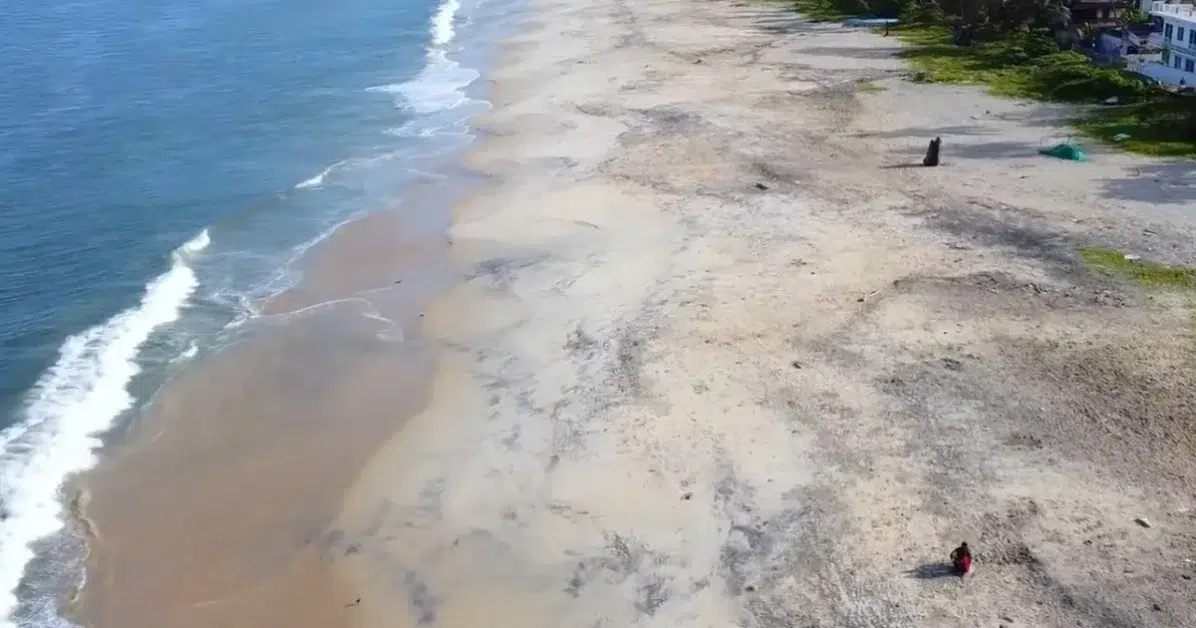
People know Indian beaches for their warm summer weather. Temperatures fluctuate between 25°C (77°F) and 35°C (95°F). In popular places like Goa and Kerala, it can soar to 40°C (104°F). Humidity often makes it feel hotter.
Yet, some beaches are cooler due to their unique climates. For instance, an English traveler might find Chennai’s Marina Beach too hot.
Yet, Palolem Beach in Goa offers a pleasant breeze, making it cooler. Rajesh, a traveler from Mumbai, found Puri Beach’s heat intense.
“It was over 35°C (95°F). But vendors selling lime soda kept us cool. It’s amazing how the community offers refreshing drinks right on the beach!”
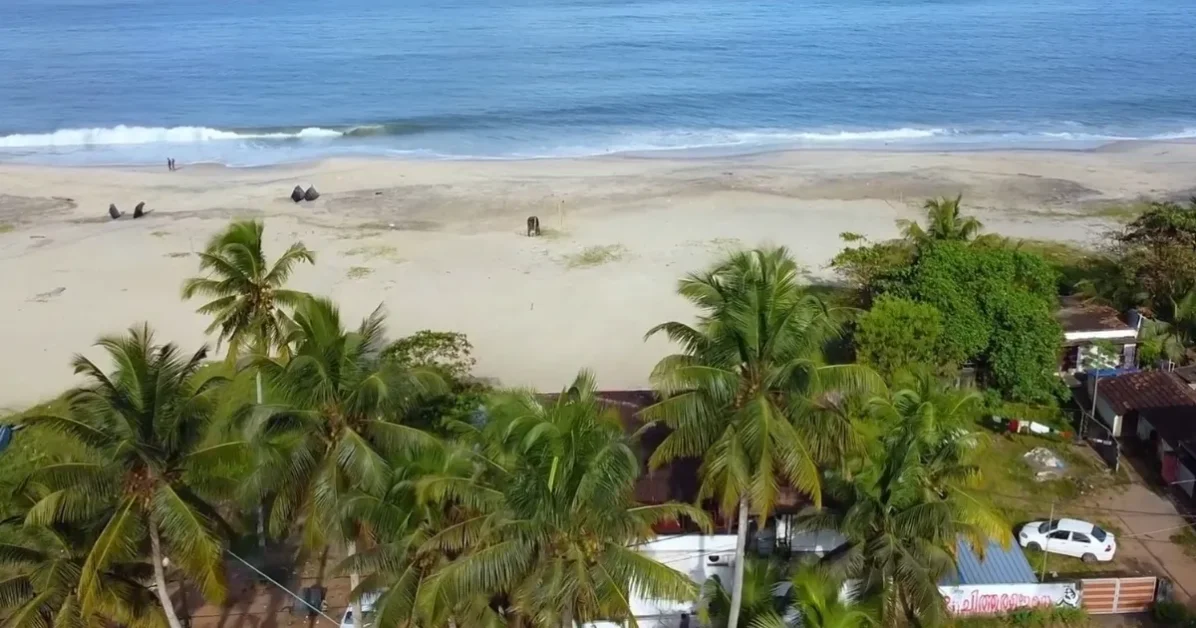
What Is the Best Time to Visit Indian Beaches for Warmth?
Indian beaches are warm year-round. But the best time to visit is from November to February.
During these months, temperatures are a comfortable 20°C to 30°C (68°F to 86°F).
This makes beach activities enjoyable without the extreme heat.Visit beaches early or late in the day to avoid intense sun.
This ensures a more comfortable experience.Anika and her friends from Delhi traveled to Varkala Beach in Kerala.
The warm weather in December surprised them. “We thought it would be cooler.
But the gentle warmth made our morning yoga perfect!” says Anika.
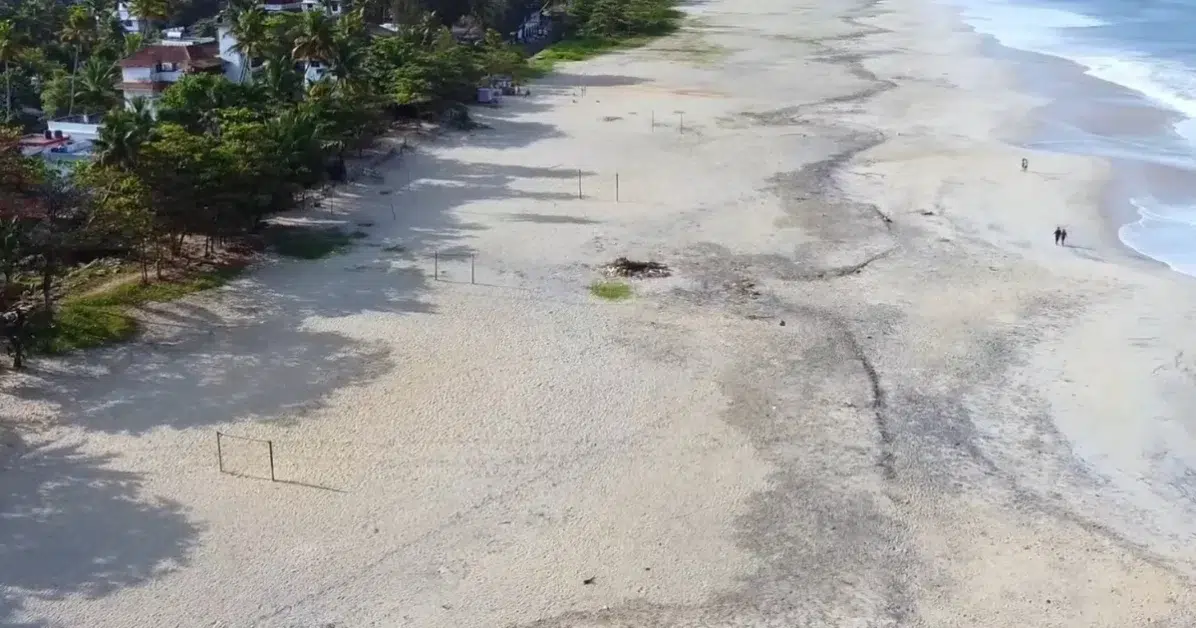
Are Indian Beaches Warm Year-Round?
Indian beaches are warm year-round, but the heat varies by season and location. West coast beaches, like Goa and Kerala, are cooler, thanks to the Arabian Sea.
In contrast, east coast beaches, such as those in Tamil Nadu and Andhra Pradesh, are hotter.
Planning a trip? Check out our guide to India’s east and west coast beaches.
Thomas, a backpacker from Germany, visited Marina Beach in Chennai in January. He found the weather perfect for his cycling trip.
“It was warm but not too hot. Ideal for cycling or jogging on the beach,” he said. His experience shows winter is perfect for outdoor lovers exploring Indian beaches.

How Do Temperatures Vary at Different Indian Beaches?
The temperature at Indian beaches varies by location and season.
For instance, Goa and Karnataka beaches are tropical, with summer temperatures between 30°C (86°F) and 35°C (95°F).
In contrast, Kerala’s beaches are cooler, thanks to coastal breezes.
Meanwhile, beaches in Tamil Nadu and Andhra Pradesh often exceed 35°C (95°F). Thus, it’s important to pick your beach destination based on your temperature preferences.
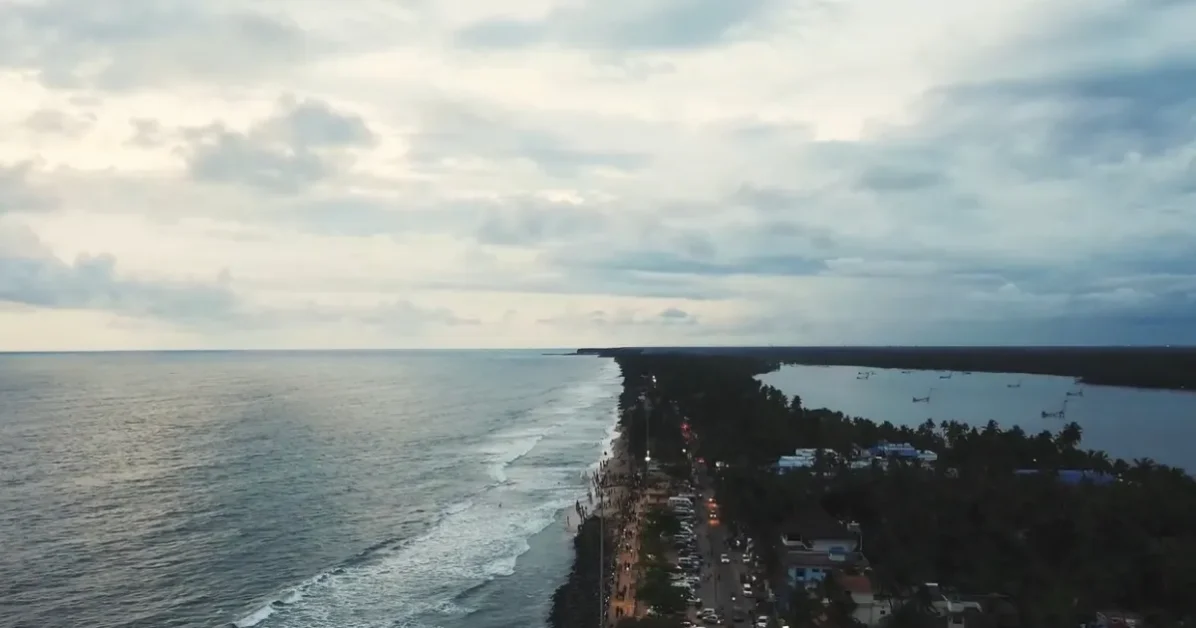
What Activities Are Best for Warm Days at Indian Beaches?
Indian beaches are ideal for various activities on warm days. Here are some suggestions:
- Water Sports: Try jet skiing, parasailing, or banana boat rides to cool off.
- Beach Volleyball: Play in the morning or late afternoon to avoid the harsh sun.
- Sunbathing and Swimming: Enjoy the sun, but don’t forget the sunscreen.
Tip: Seek out beaches with natural shade, such as those with mangroves or palm trees.
Naveen from Bangalore loves beach sports. He says, “I can’t wait for warm weather at Candolim Beach, Goa. Mornings are perfect for volleyball; then we swim.”
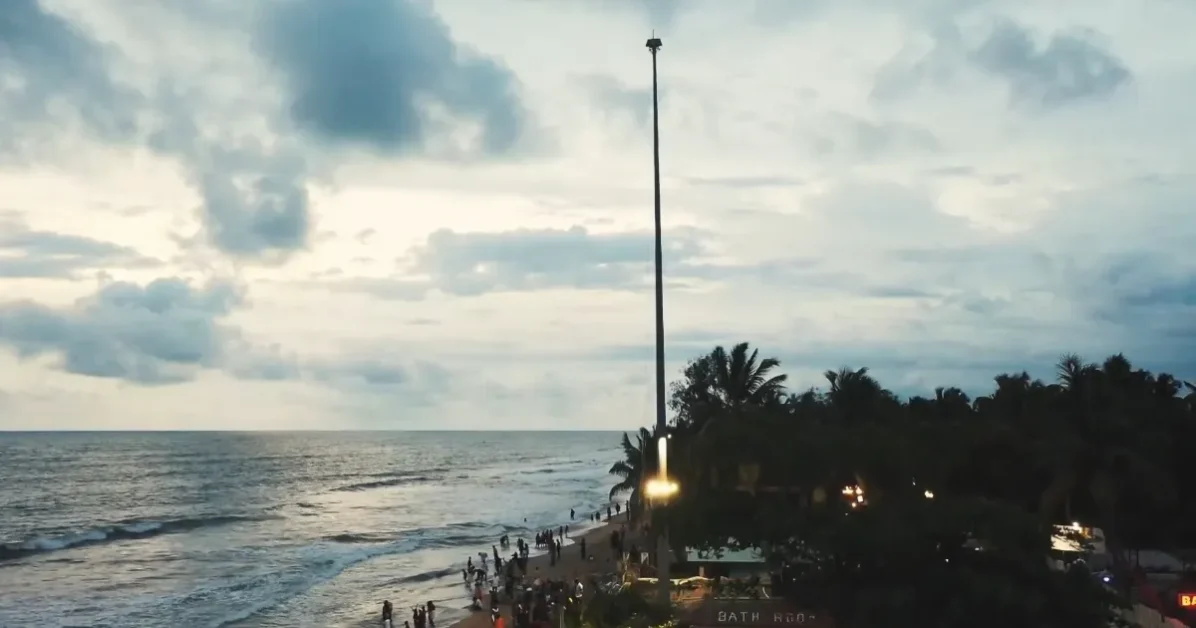
How to Stay Cool on Warm Days at Indian Beaches?
To stay cool on Indian beaches, follow these tips. First, always bring a hat and sunglasses.
They protect you from the sun. Wear loose, light clothes to reflect sunlight. Next, stay hydrated.
Carry water and sip often. Use high-SPF sunscreen to avoid burns. Choose beaches with shade options.
A family at Anjuna Beach in Goa shared their experience. They set up under an umbrella and enjoyed coconut water.
Sophie, a solo traveler from the UK, had her own advice. She carried a fan and wore a wide hat.
At Agonda Beach, she found a coconut vendor. He provided her with coconut water all day.
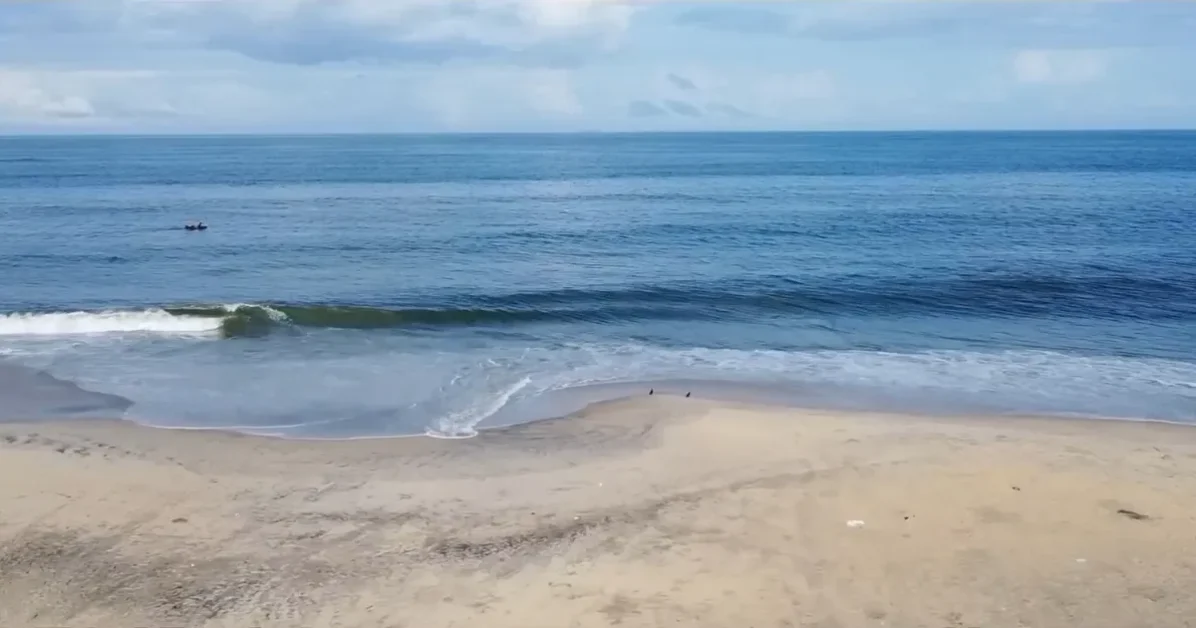
When Is It Rainy at Indian Beaches?
India’s rainy season lasts from June to September, impacting beach visits. The west coast, including Goa and Kerala, faces heavy rains.
The east coast also gets rain, sometimes into October. The rains cool the air. But, they create rough seas and bad weather.
So, the beaches are less appealing. Curious about Indian beaches during the rainy season? Check out our detailed guide.
An Australian couple visited Kovalam Beach in Kerala during the monsoon. They said, “Despite the rain, we loved the dramatic skies and the sound of rain on the ocean. It was different, yet beautiful compared to sunny days.”
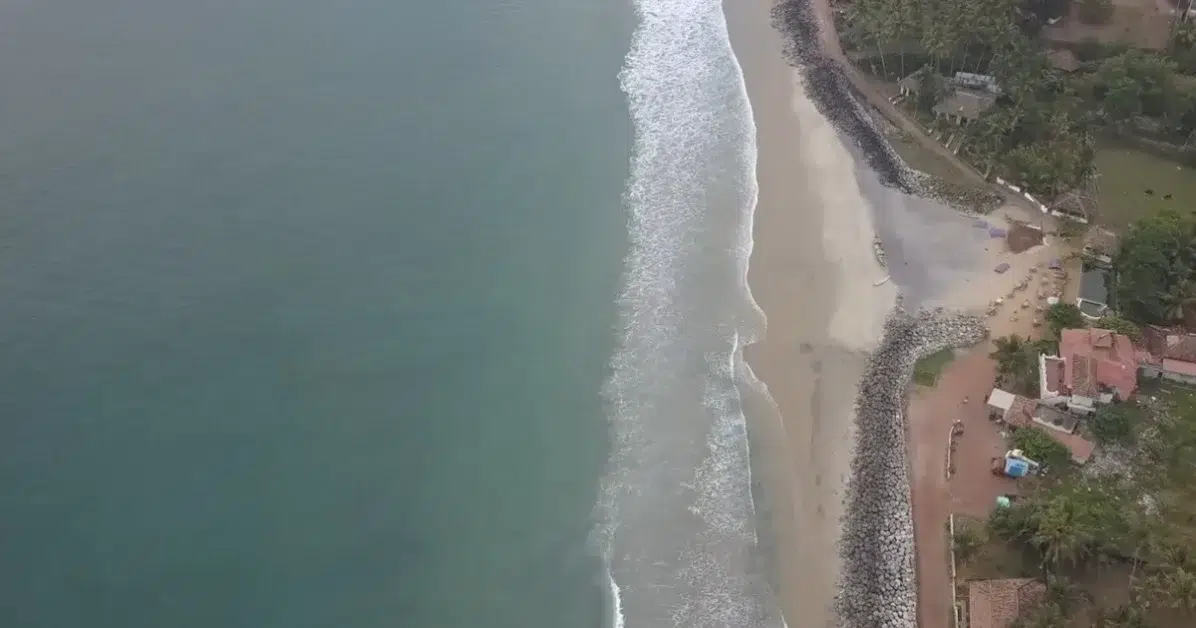
Conclusion
Indian beaches are perfect for warm weather and tropical climate lovers. Regional and seasonal variations in temperature need thoughtful planning.
Select optimal moments to visit, drink plenty of water, and find shelter.
There’s something for everyone, whether you’re solo, with family, or a beach lover.
So, pack sunscreen, plan, and enjoy! Want to know more? Check out our article “What Do Indian Beaches Look Like?” to see what makes each beach unique, from sand to views.
FAQS
Indian beaches can reach 25°C to 40°C (77°F to 104°F) in summer. The high humidity makes it feel even hotter.
The best time to visit for warm weather is from November to February. Temperatures will be 20°C to 30°C (68°F to 86°F).
Yes, Indian beaches are warm year-round. But, temperatures vary by location and season. Winters are mild, and summers are hot.
Temperatures range from 30°C to 35°C (86°F to 95°F) on the west coast and can exceed 35°C (95°F) on the east coast during summer.
Enjoy water sports, beach volleyball, swimming, and sunbathing. Visit shaded beaches or those with natural plant features to stay cool.
Wear loose, light clothing, stay hydrated, use sunscreen, and find shade under umbrellas, cabanas, or trees to keep cool.
The rainy season usually lasts from June to September, with heavy rains on the west coast and slightly longer showers on the east coast.
No, climates vary; west coast beaches like Goa and Kerala are milder, while east coast beaches, like those in Tamil Nadu, can be hotter.
